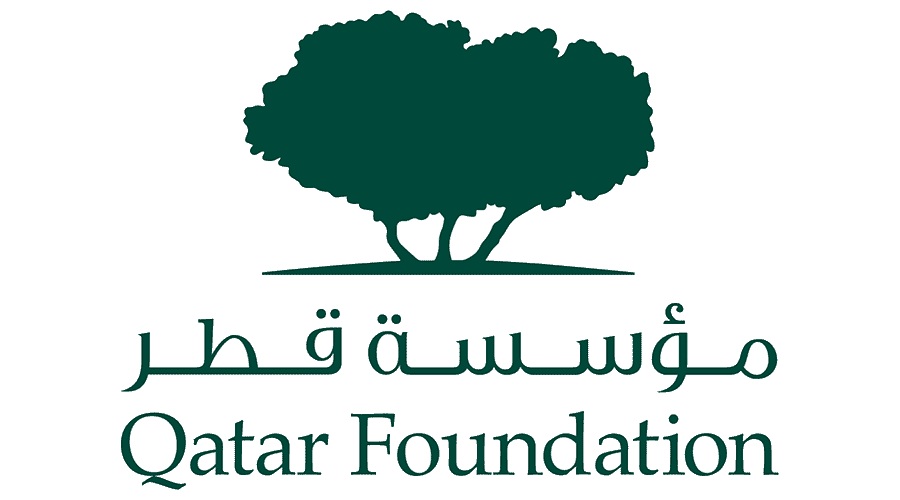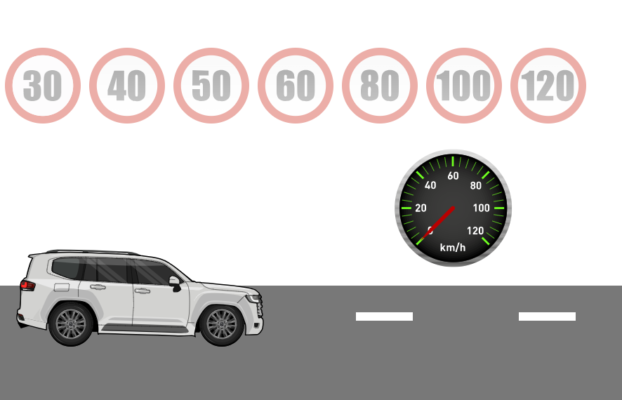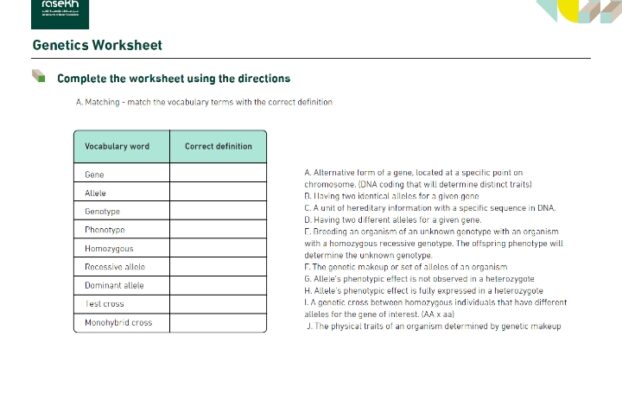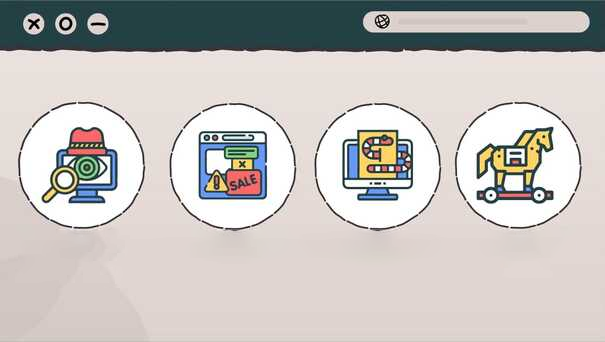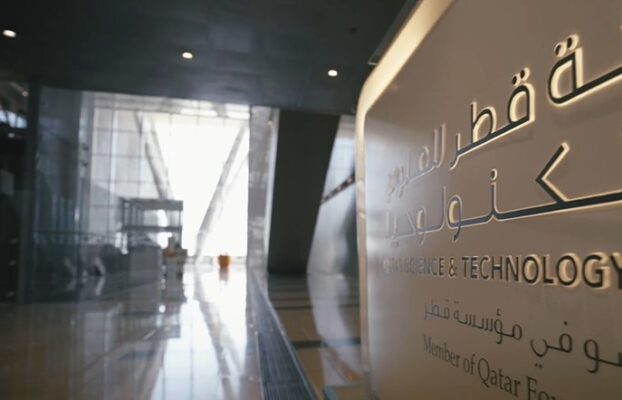Botany
Knowledge of Plants
-
Sustainability
QNV 2030: Environmental Development
-
Resource Plan
-
SDG 13: Climate Action
-
9 - 10 years
-
Botany, Islamic Studies, Language(s), Visual Arts
-
Resource ID: 15460
- Share Feedback Embed Resource
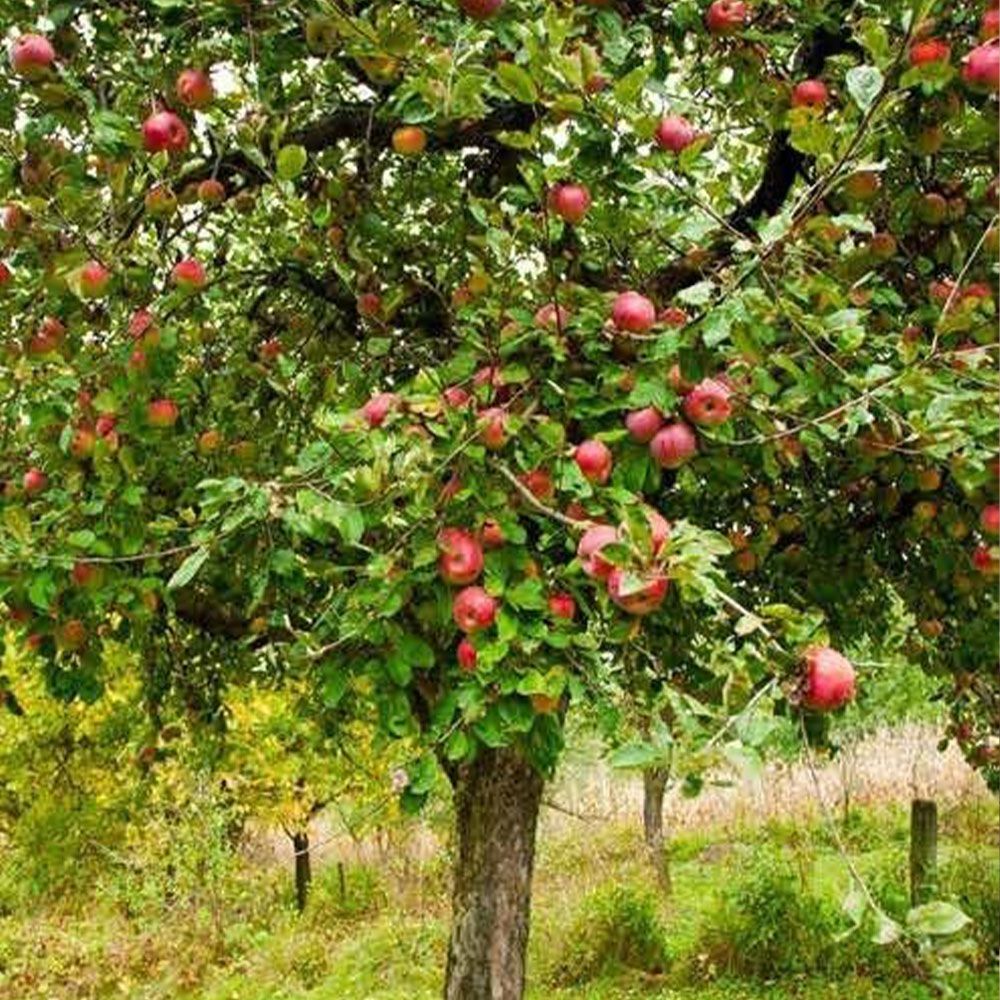
Overarching Goal(s)
- To nurture learners as global citizens who are connected to their own identity.
- To equip learners with the knowledge, skills, motivation and understanding to demonstrate the importance of Glocalization as a sustainable model for learning.
- To inspire students to act sustainably from both local and global perspectives.
Learning Outcomes
- Learners analyze and interpret the diversity of opinions, and ideas relating to glocalization within both local and global contextual and conceptual frameworks.
- Learners develop lifelong skills which support their sustainable actions.
- Learners reflect on the impact of their actions and demonstrate their understanding of the action as related to sustainability.
Possible Duration (Hours)
6-7 hours
Qatar National Vision 2030 Connection
Qatar National Vision 2030: The students will understand how the environmental development pillar applies to the Qur’anic Botanical Garden.
English: https://www.gco.gov.qa/en/about-qatar/national-vision2030/
Arabic: https://www.gco.gov.qa/ar/about-qatar/national-vision2030/
Source: Government Communications Office (2023). Qatar National Vision 2030. [online] Government Communications Office. Available at: https://www.gco.gov.qa/en/about-qatar/national-vision2030/
Sustainable Development Goals (SDGs) Connection
SDG 11: Sustainable Cities and Communities: The lesson will have aspects of promoting and raising awareness to sustain cities and communities through preserving and caring about the plants.
SDG 13: Climate action: The lesson provides opportunity for the students to connect with preserving and taking care of plants especially in countries with different climates that need adaptations for sustainability and preservation.
The 17 Sustainable Development Goals, United Nations
English: https://sdgs.un.org/goals
Arabic: https://sdgs.un.org/ar/goals
Source: United Nations (2024). The 17 Sustainable Development Goals. [online] United Nations. Available at: https://sdgs.un.org/goals
Action Learning Outcomes
- Learners become more aware of their own strengths and areas for growth.
- Learners undertake challenges that develop new skills.
- Learners persevere in action.
- Learners work collaboratively with others.
- Learners consider the ethical implications of their actions.
Content
The content of the lesson tool revolves around identifying and understanding that plants need taking care of and preserving their sustainability, their cultural, Islamic, and heritage connections and environmental awareness.
Resource Utilization and Identification: Qur’anic Botanic Garden
Subject Matter: Scientific study on plants and Languages in creating an informational book/catalog. Visual arts for illustrations.
Glocalization Connections: Connect the need to take care of plants, preserve plants and raise environmental awareness.
Differentiation: Mixed ability.
Critical Thinking: Encourage students to analyze the botanical terms and think about their Islamic, heritage and cultural connections.
Real-world Application: Discuss and explain how to raise environmental awareness about Botany and their cultural, Islamic and heritage connections in preserving and sustaining plants with their local community, friends and family.
Strategies
The strategies employed in this lesson tool are designed to foster analyzing, critical thinking, inquiry, collaboration, and innovative engagement. They include visible thinking routines, responsive pedagogy, and problem-solving approaches to adapt to students’ needs and encourage active participation. Students apply meaningful learning experiences that connect to sustainable environmental awareness, culture, heritage, Islamic knowledge and botanical terminology.
Responsive and Adaptive Pedagogy: Adjust the pace and level of guidance based on student responses and engagement.
Visible Thinking Routines: Implement the “Connect-Extend-Challenge” visible routine to stimulate critical thinking and discussion. Encourage students to utilize what they already know, and what they want to find out more about; to extend their knowledge to learn new information.
Inquiry: Encourage students to inquire about plants that they want to know more about and their connections or references with culture, Islam, and local heritage.
Collaboration: Facilitate a class discussion forum where students can share and compare their perceptions, promoting collaboration and the exchange of diverse perspectives.
Assessment for and as Learning: Use formative assessments for their quiz, and research findings.
Problem-Solving: Ask students to take beneficial measures to care for plants, and their sustainability around their school, community and nation.
Learning Experiences
Learning Engagement 1: Understanding the importance of plants.
Learning Objective: To understand the importance of plants.
Introduction and context setting
Students will use the ‘Connect-Extend-Challenge’ visible routine in their notebooks. This visible routine helps students to draw connections between new ideas and prior knowledge.
Connect – What do you already know about plants? Why are plants important?
Extend – Why do you think it is essential to grow plants and preserve their sustainability? What is the scientific process of plant growth?
Challenge – What are you curious to know? What is puzzling you? Are the same plants available in all countries?
Activity
Instructions for teachers
The teacher will inform the students that they will be reading some information from the Qur’anic Botanic Garden website to research about plants and their connection with culture, heritage and Islam.
Resource 1:
Link in English: https://qbg.org.qa/about-us/.
Link in Arabic: https://qbg.org.qa/ar-about-us/
Instructions for students
The students will be provided sufficient time to read the information on the provided link and complete the quiz, Resource 2: Understanding the Importance of Plants. Then they will pair up with another student in the class, or three according to the numbers of students in the classroom setting and will discuss their responses. They can use a different colored pen to make any important or interesting notes from their discussion.
Teacher checkpoint for students responses for resource 2:
Q1) c
Q2) Words might be provided for low ability students in random order
Botanic, Holy Qur’an, Preservation, Seedling, Sidra
Q3) b
Q4) c
Q5) b
Q6) a (This quote is referred in the Holy Qur’an from Surah An-Nahl – chapter 16, The Bees – verses 10-11)
Q7) d
Reflection
The teacher will facilitate students to share their perceptions on the cultural, heritage and Islamic connections and their responses.
Learning Engagement 2: Researching and identifying the significance of plants.
Learning Objective: To research and identify the significance of plants.
The teacher will explain to the students that they will research the following link with resource 3::
English site link: https://qbg.org.qa/qbg-plants/
Arabic site link: https://qbg.org.qa/ar-qbg-plants/
The students will work in pairs or three depending on the class size, to find research and identify the plant images on Resource 3: Researching and identifying significant plants using the table next to the images to write down their findings. They can add any questions they may have next to the image or near the table what they would like to know more about this plant, or want to know more about the information they found and highlight the country the plant originates from (their habitat) and/or distribution. For example, students might want to have a deeper understanding about the difference between a hadith and connection with the Holy Qur’an. They might want to know what the references refer to, the meaning of the numbers. Students might want to know if the plant is used for traditional medicines, and any results of beneficial effects.
Peer Reflection:
Peer reflection provides opportunity for the students to work collaboratively and discuss and check their understanding of the information found. The students will pair up with another pair of students to compare their findings. They will look at the previous links and come to a common understanding that they have found the correct plant, required information, and understood the significance and Islamic and cultural connections of the information provided. They can use a different colored pen to add information that is missing. They are encouraged to add any further questions they might have.
Plenary
The teacher will facilitate a class discussion on their findings and provide opportunities to address their questions. The students would be encouraged to note down their questions to research with family and relatives and share their answers back with the class.
Action
The students will be encouraged to instill their learned knowledge about some of these plants and raise environmental awareness with their local community and family to take good care of plants. Students can write a smart (specific, measurable, attainable, relevant, and timely) goal on how they will take care of plants and sustain or raise environmental awareness within their home, school, community, or nation. For example, By the end of the month, I will help to check on the plants in my home and make sure they are well maintained with the correct amount of water, right temperature, air, sunlight, and nutrients every week.
Checking for Understanding
Learning Engagement 1: Understand the importance of plants.
Activity
Check the students’ connections in understanding the significance of plant sustainability, culture and heritage.
Learning Engagement 2: Researching and identifying the significance of plants.
Check the information found on their tables from their research activity.
Differentiation
Mixed ability.
Key Vocabulary
botany, botanical, culture, distribution, environmental awareness, growth, habitat, heritage, Islamic connections, plants, preservation, reproduction, scientific study, sustainability, terminology
Resources
Resource 1: Qur’anic Botanic Garden
Link in English: https://qbg.org.qa/about-us/.
Link in Arabic: https://qbg.org.qa/ar-about-us/
Resource 2: Qur’anic Botanic Garden Quiz: Resource 2: Understanding the Importance of Plants
Resource 3: Qur’anic Botanic Garden Plants: Resource 3: Researching and identifying significant plants
English site link: https://qbg.org.qa/qbg-plants/
Arabic site link: https://qbg.org.qa/ar-qbg-plants/
Resource Publisher
Qatar Foundation
Qatar Foundation (QF) is a not-for-profit organization where centers and programs focused on education, research and innovation, and community development intertwine for the benefit of Qatar and the world.
